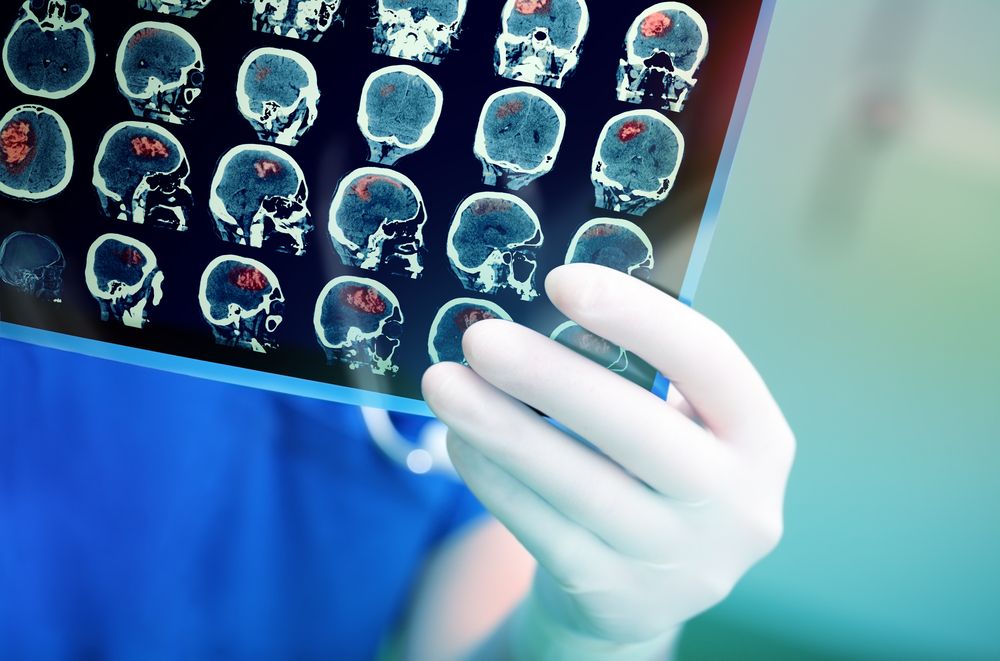Neuroimaging Recommended for Certain Migraines, Not All
American Headache Society published recommendations for when neuroimaging is most beneficial

Not all patients who experience a migraine should undergo neuroimaging, according to recommendations released by the American Headache Society (AHS).
If a patient presents with a headache consistent with migraine, but he or she also has a normal neurological exam without any other points of concern, additional neuroimaging isn’t necessary. Only patients who experience other factors that point to potentially negative underlying problems should receive CT or MRI scanning.
These recommendations were published recently in a study in Headache. They were based on a review of 23 studies that included adults who pursued outpatient treatment for migraine and who received either MRI or CT scans.
Patients in the studies who had headaches consistent with migraine demonstrated no differences to patients in the general population, according to the multi-institution team that reviewed the existing literature. Existing literature supports that finding, the team said. Consequently, the AHS recommends neuroimaging in these patients isn’t necessary.
However, there are some circumstances in which patients with headaches consistent with migraine should receive further neuroimaging. Additional imaging should be considered in these situations:
- Unusual, prolonged, or persistent aura
- Increasing frequency, severity, or change in clinical features
- First or worst migraine
- Migraine with confusion
- Migraine with motor manifestations (hemiplegic migraine)
- Migraine with brainstem aura
- Aura without headache, side-locked headache, late-life migraine accompaniments
- Post-traumatic headache
Overall, the team said, following these recommendations could reduce the overutilitation of neuroimaging. But, they noted these recommendations do not mandate any particular course of medical care, and they are not intended to replace professional judgement.
Study with CT Data Suggests Women with PE Have More Than Triple the One-Year Mortality Rate than Men
April 3rd 2025After a multivariable assessment including age and comorbidities, women with pulmonary embolism (PE) had a 48 percent higher risk of one-year mortality than men with PE, according to a new study involving over 33,000 patients.
Predicting Diabetes on CT Scans: What New Research Reveals with Pancreatic Imaging Biomarkers
March 25th 2025Attenuation-based biomarkers on computed tomography (CT) scans demonstrated a 93 percent interclass correlation coefficient (ICC) agreement across three pancreatic segmentation algorithms for predicting diabetes, according to a study involving over 9,700 patients.
Can Photon-Counting CT be an Alternative to MRI for Assessing Liver Fat Fraction?
March 21st 2025Photon-counting CT fat fraction evaluation offered a maximum sensitivity of 81 percent for detecting steatosis and had a 91 percent ICC agreement with MRI proton density fat fraction assessment, according to new prospective research.